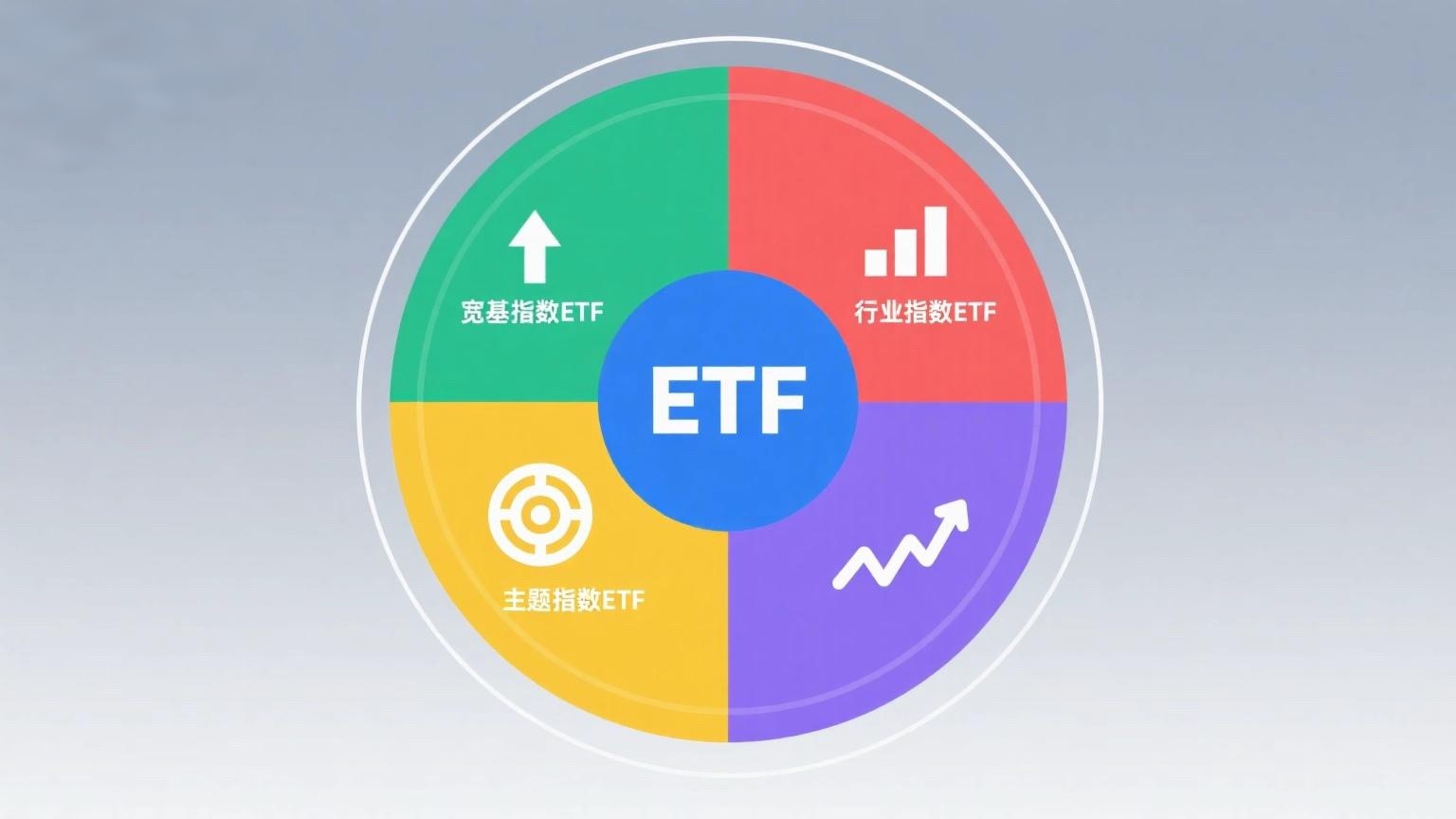
Today, the ETF market has entered the "era of a thousand funds," with an increasing variety of ETF tools available. However, achieving one's financial goals using them doesn’t seem easy. Faced with thousands of ETFs, do you feel like standing in front of a massive "treasure vault," dazzled by the seemingly endless choices but unsure which one best suits your needs?
For example, if you want to invest in a specific sector but end up with a list of similarly named ETFs, how can you quickly distinguish them? Both the CSI A500 and the STAR Market 50 are broad-based index products, but do you know the differences between them? When reviewing your investment portfolio, have you achieved proper diversification? In fact, the key to answering these questions lies in the classification system of ETFs.
Stock indices can be divided into four major categories: size indices (broad-based), sector indices, thematic indices, and style factor indices.
Among them, size indices (broad-based) can be divided into two categories based on China and international markets. The Chinese category is further classified by market and market capitalization, while the international category is only divided by market without further distinction by market cap.
For sector and thematic indices, it’s essential to clarify their concepts first: the former is based on industry classification and reflects the performance of stocks within a specific industry, while the latter revolves around a long-term trend, theme, or concept, typically spanning multiple industries. Once you determine whether an ETF belongs to a sector or thematic index, you can further refine your search, making it clearer and more convenient to compare and invest in different sector or thematic ETFs.
Finally, style factor indices can be divided into four major categories: growth, value, dividend, and others. Among them, growth and value are further subdivided based on large-, mid-, and small-cap dimensions, more accurately depicting the risk-return characteristics of the indices. Investors can then match products according to their needs.
Understanding ETF classification is like having a map of the ETF investment world. It not only helps you quickly and easily find products that meet your allocation needs among numerous ETFs but also allows you to systematically review your investment strategy and portfolio, clearly understanding what type of ETF product you need and the role you want it to play in your portfolio.
















